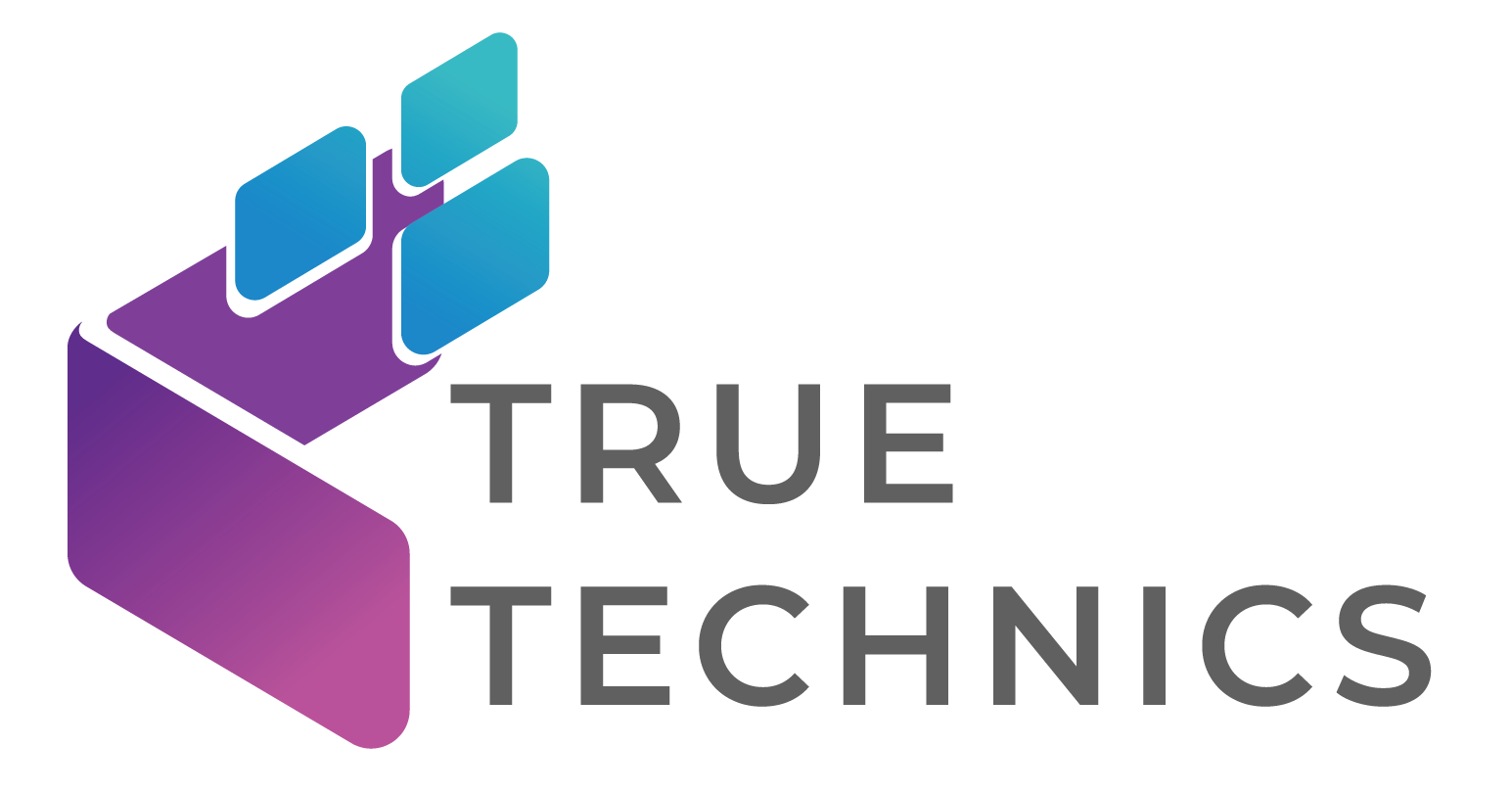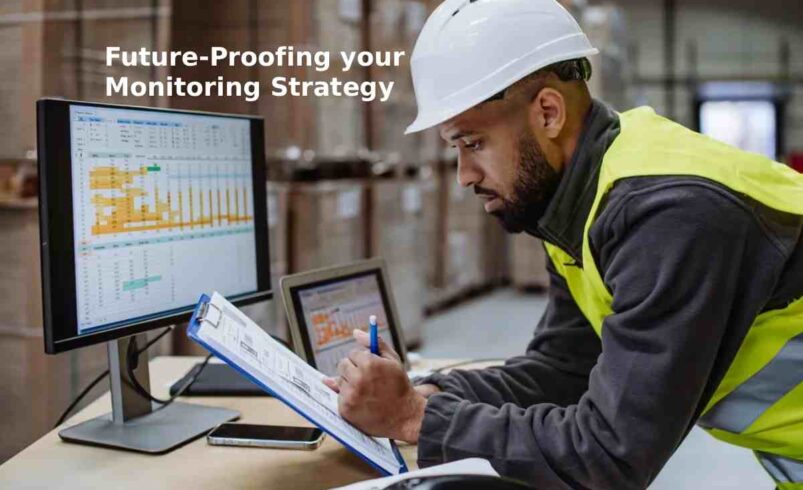How Technology is Making Workplaces Smarter by 2026
The way people work is changing fast! New technology and hybrid work (some days at home, some in the office) are making workplaces better. But some companies still use old tools, like boring time trackers or creepy screen monitors, that don’t work well anymore. To stay ahead, businesses need to use new, smart tools that help workers be productive, safe, and happy. Here are seven cool trends that will change how companies keep track of work by 2026, explained in a way that’s easy for you to understand.
1. Biometric Logins
Passwords can be super easy to hack, and that’s a big problem for companies. You’ve probably heard about big websites getting hacked, right? Instead of passwords, new tools use biometrics, like your fingerprint, face scan, or even how you type. These make it way harder for hackers to get in and are easier for workers to use—no more forgetting passwords! Some software, like Insightful.io, works with these systems to keep things safe and simple.
2. AI Helpers (Copilots)
Old monitoring tools just count clicks or watch screens, but that’s not very helpful. New AI copilots are like smart assistants that do more. They can:
- Warn you if a project might get delayed.
- Suggest ways to work faster, like organizing your tasks better.
- Spot if someone’s feeling tired or stressed and suggest a break.
These AI tools help workers do their best without feeling watched all the time. Platforms like Insightful.io use AI to give helpful tips, not just track hours.
3. Smart Nudges
Have you ever ignored a “keep working” pop-up on your computer? Most people do! New tools use contextual nudges, which are like personalized reminders that actually help. For example:
- If you’re switching tasks a lot, it might suggest focusing on one thing at a time.
- If your team has too many meetings, it might recommend chatting online instead.
- If you’re less productive in the afternoon, it could suggest working on big tasks in the morning.
These nudges help you work smarter, especially when working from home. Tools like Insightful.io send these tips through apps like Slack.
4. Predicting Problems
Old tools only tell you about problems after they happen, like a missed deadline. Predictive analytics is like a crystal ball—it spots problems before they get big. For example, it can:
- Notice if someone might quit because they seem less interested in work.
- Guess if a project will be late based on how things are going.
- Help bosses plan better by looking at past work patterns.
This helps companies fix things early, so everyone stays on track.
5. Privacy-Friendly Monitoring
Some old tools spy on everything workers do, which can feel unfair and even break privacy rules. New monitoring systems focus on privacy by:
- Letting workers see their own work data.
- Tracking teams instead of every single person.
- Asking workers if they’re okay with extra monitoring, like screen recording.
This keeps workers happy and follows laws. Insightful.io, for example, gives workers their own dashboards to check their data and keeps things fair.
6. All-in-One Dashboards
Imagine opening a million tabs to check your homework, chat with friends, and track your tasks—annoying, right? Some companies still use separate tools for everything, which wastes time. Unified dashboards put all the info—like work progress, tasks, and meetings—in one place. This makes it easier for bosses to see what’s going on. Insightful.io connects with apps like Trello and Zoom to create one simple hub for everything.
7. Caring for Workers with Emotional AI
Happy workers do better work, so new tools use emotional AI to check if people are stressed or tired. For example, it might notice if someone’s typing slower than usual or seems frustrated (but only if they agree to share this info). This tech can:
- Tell bosses if the team is feeling burned out.
- Suggest things like taking a break or talking to a counselor.
- Help create a workplace that cares about people, not just work.
Tools like Insightful.io use this tech carefully to support workers, not control them.
Matters
If companies keep using old tools, they’ll fall behind. These new trends—like biometrics, AI helpers, and privacy-friendly systems—make work better for everyone. They help people be productive, keep information safe, and feel supported. Tools like Insightful.io are built for the future, helping companies stay flexible and fair. By 2026, the best workplaces will use these smart ideas to make work awesome!


